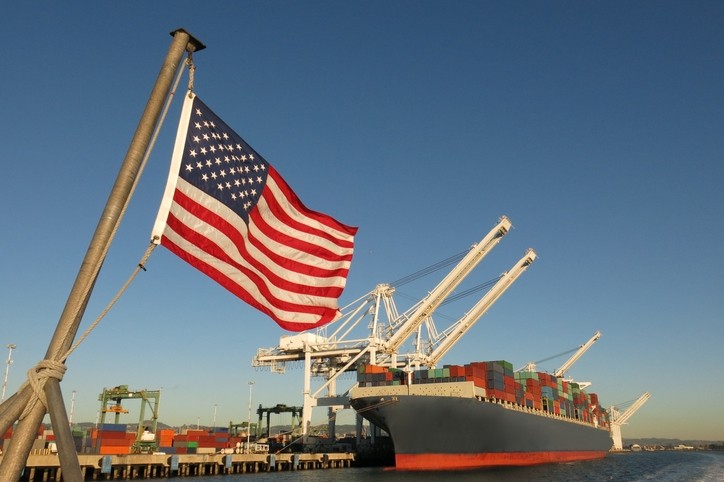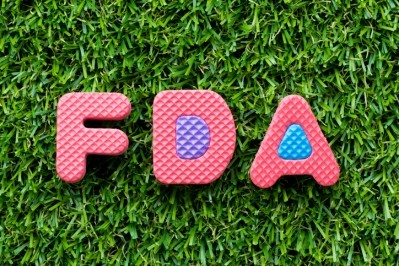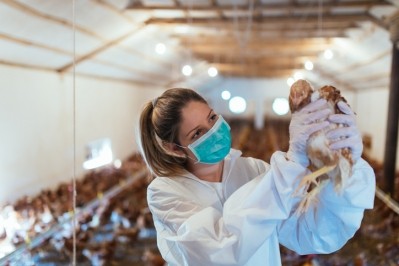USMCA trade deal boost for US bovine meat and bone meal exports

NARA outlined how discussions between the Office of the US Trade Representative with Mexican trade officials during the USMCA negotiations resulted in Mexico agreeing to allow imports of bovine MBM after years of delay.
The US Department of Agriculture’s Animal Plant Health Inspection Service (APHIS) was also key in this respect, said NARA. APHIS held extensive technical discussions with Mexican officials that led to that market reopening to US bovine MBM.
NARA also worked with local Mexican associations and government authorities, advocating that granting access to US bovine meat and bone meal products would result in reduced feed costs for Mexican poultry, swine, and pet food producers.
The US renderers organization said bovine MBM imports are safe from markets like the US where there is negligible risk for bovine spongiform encephalopathy (BSE). The agreement struck with Mexico contains strong sanitary-phytosanitary provisions that adhere to international scientific guidelines, such as those of the OIE and other science-based worldwide official organizations, stressed NARA.
Demand projections
Mexico’s demand for bovine MBM is expected to grow as its livestock production continues to expand due largely to vertical integration of farms and better biosecurity, maintains the US trade group.
Mexico and Canada are both significant export markets for the American rendering industry. Mexican purchases of US rendered animal proteins and fats reached US$290m or 438,000 metric tons, last year, according to data released by NARA.
Overall, 18% of total US rendering production is exported – translated as over 23% of animal proteins and 14% of animal fats, it said. In addition to Canada and Mexico, other major markets include countries in Asia and Europe, it said.
Roughly 50% of an animal is considered inedible by North Americans, added NARA.
“Rendering reclaims this meat, bone and fat and transforms it into ingredients for a multitude of new products like nutritious pet food and biofuels. By reclaiming these otherwise discarded meat and poultry leftovers, rendering reduces food waste, saves landfill space, and returns clean water to the environment,” claims the organization.












